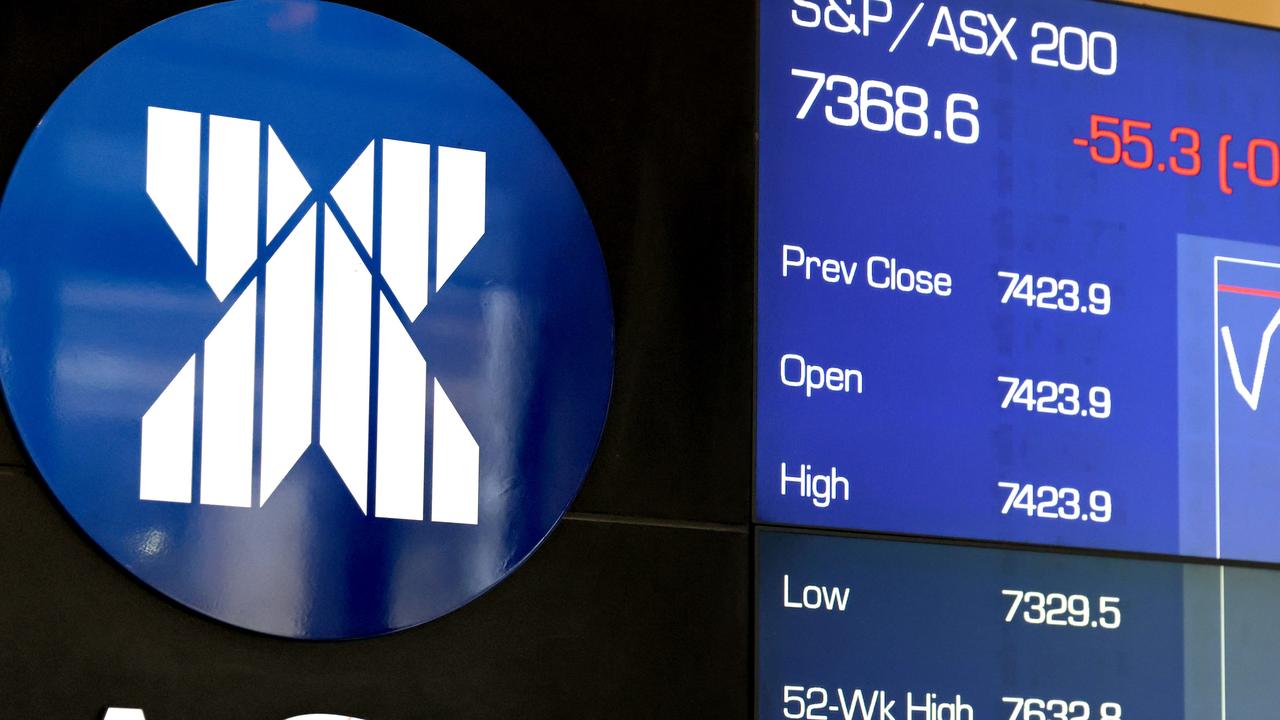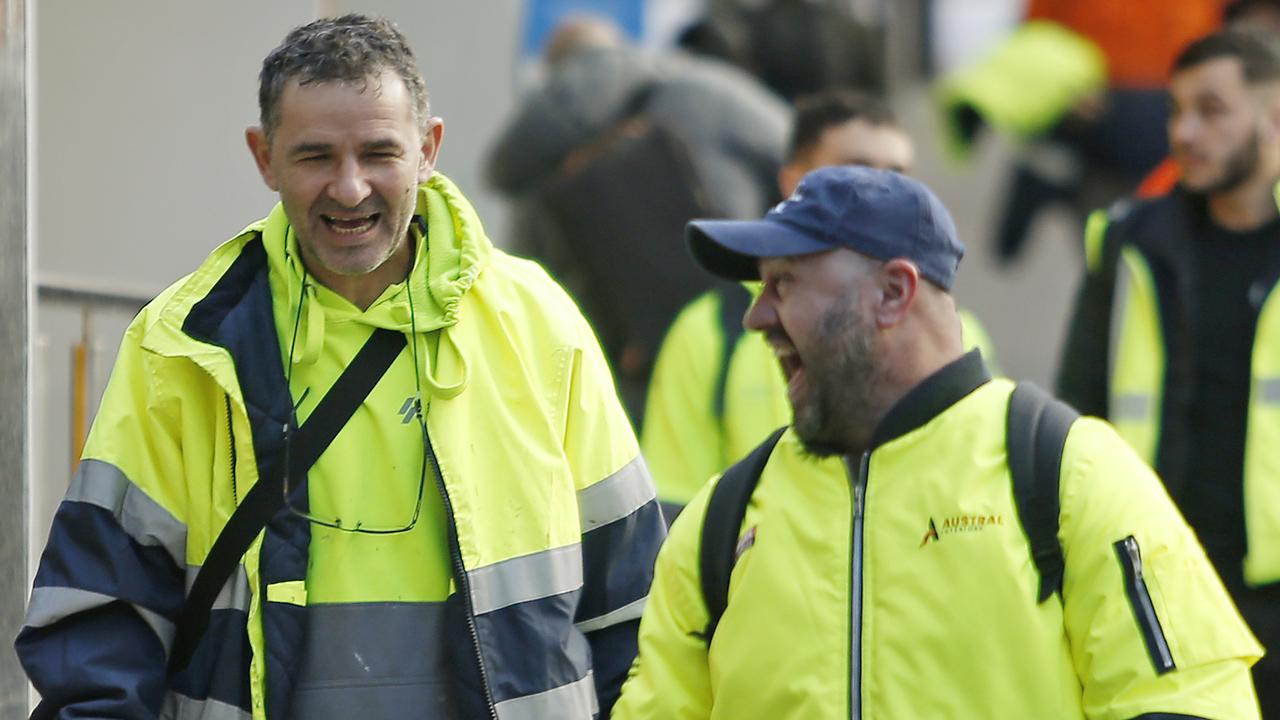Political parties accused of transport megaproject ‘pork barrelling’ ahead of elections
It’s one of the most expensive and ambitious Australian projects with each election campaign bringing more taxpayer dollars to it – but some say it's a white elephant.
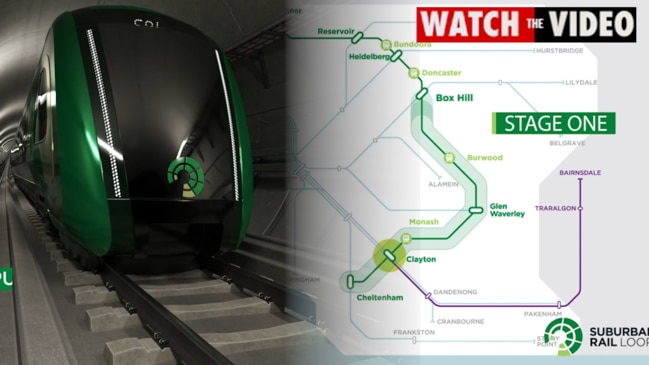
Economy
Don't miss out on the headlines from Economy. Followed categories will be added to My News.
A $50 billion plus new railway line in Melbourne is one of scores of questionable Australian infrastructure projects either announced or given more funding during election campaigns that potentially should never be built.
A scathing new report from think tank Grattan Institute has labelled most projects – gleefully announced by MPs or ministers weeks out from polling day as “poorly considered, premature, and risky”.
It’s not just rail lines – there’s also motorways and commuter car parks which have had cash splashed on them as politicians hit the election trail, yet their business cases often don’t stack up.
The new report also found marginal seats benefit by receiving commitments for tens of millions of dollars more infrastructure cash during elections than safe seats.
With the 2022 election likely in May, it’s almost certain more shiny road and rail projects will be announced without having been properly scrutinised to see if they deliver a decent return on their investment.
“Politicians who insist on pork-barrelling are wasting taxpayers’ money, and the biggest losers are people who live in safe seats or states with few marginal electorates,” said the Grattan Institute’s transport and cities program director Marion Terrill, who authored the report.
Stream more finance news live & on demand with Flash. 25+ news channels in 1 place. New to Flash? Try 1 month free. Offer ends 31 October, 2022 >
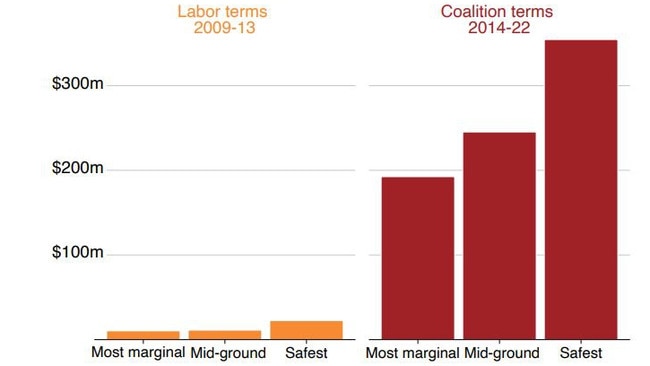
Announcing brand new projects or extra funding for infrastructure – such as rail lines or stations; car parks and ports; motorways and bypasses – is a favourite for politicians of all stripes during elections.
But in its analysis, the Grattan Institute found election infrastructure commitments were “often particularly poorly thought through”.
In the 2019 federal election campaign, of the Coalition’s 71 transport promises valued at $100 million or more, just one had a business case which was approved by Infrastructure Australia, the government body that measures the worthiness of major projects.
Of Labor’s 61 promises, just two had been fully assessed.
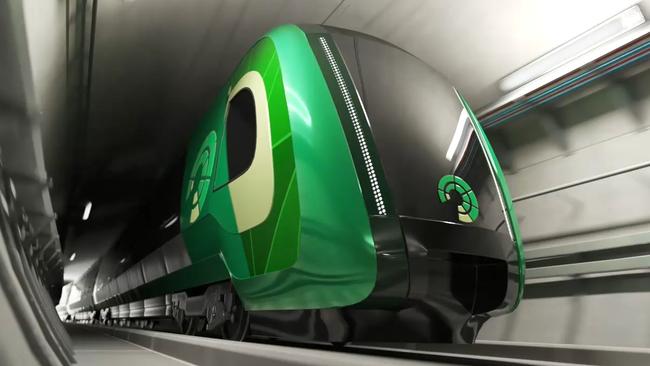
$50bn plus transport project raises eyebrows
One of the most questionable projects that received an expensive commitment of taxpayers’ cash in the 2019 election was the Melbourne Suburban Rail Loop (SRL).
This would see a new rail line built in Melbourne’s outer suburbs connecting Sunshine in the west to the airport, and Doncaster and Cheltenham in the east.
The huge project, one of the largest Australia has ever seen, was announced by the Daniel Andrews led state government in 2018.
Federally, Labor then committed $10bn of taxpayers’ money to the SRL during the 2019 federal election should it win.
Originally budgeted at a total of $50bn, by some estimates it could now cost up to $67bn just to build two thirds of the rail line, reported The Age.
Yet the project has never been fully assessed on its merits by Infrastructure Australia (IA). A study into improving Melbourne’s overall rail network capacity is listed by IA as merely an “early stage proposal”.
A number of transport analysts have questioned if the SRL provides a substantial enough economic return on its vast investment.
Similarly, both major parties at the last election promised $5bn for the Melbourne Airport Rail Link to go along with $5bn promised by the state government.
The project was listed as a “priority initiative” by IA. While that sounds grand, IA defines priority initiatives as “requiring further development and rigorous assessment to determine if they are the most appropriate solution”. In reality, it is far down IA’s list of must-have new transport projects.
The new train line promises a journey time of “around 30 minutes” from the CBD to Tullamarine. That’s $10bn spent for a service no faster than the existing airport bus service.
The report also raised questions over 2019 election commitments made to Melbourne’s East West Link road project, Sydney’s rail links to the new Western Sydney Airport and Adelaide’s North South Corridor.
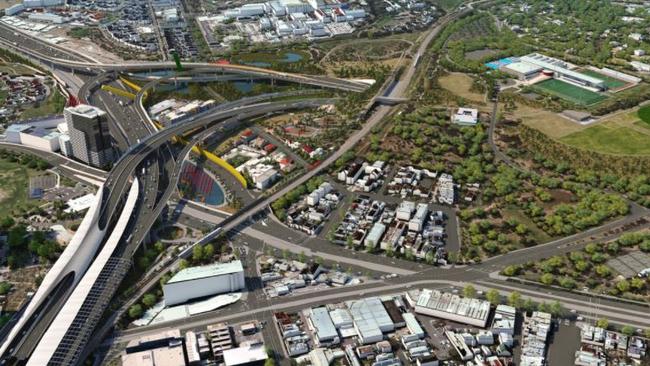
Megaprojects being built that shouldn't be
During the 2016 election campaign, the Coalition promised and gave almost $200 million towards the duplication of part of the Princes Highway in Victoria, a project IA rejected as not worth doing.
“Over time, the level of spending on transport has increased, but the quality has not,” stated the report.
“Most of the promises are poorly considered, premature, and risky.”
The analysis found 80 per cent of projects valued at $20 million or more and committed since 2001 have gone on to be built with politicians not wanting to be seen to break their promises.
Asked if that meant some road and rail projects were being constructed that simply didn’t need to be, Ms Terrill said that was exactly what was happening.
“Unfortunately, governments almost never go back and see whether projects actually delivered the benefits that were hoped for them at the time of the decision to invest, so the public does not find out.”

Coalition’s ‘slush fund’ transport pot
One of the more bizarre pots of federal money is the $4.9 billion Urban Congestion Fund, a large chunk of which goes to commuter car parks.
The report said it was “the clearest case of a slush fund” with marginal seats getting the most benefit.
“Marginal seats clearly get a bigger share of the funds than safe seats. And seats held by a Coalition member attract a bigger share of the funds than seats held by Labor, the Greens, other minor parties, or independents,” the report stated.
The average marginal urban seat received $83 million from the federal Urban Congestion Fund, whereas the average safe Coalition seat received $64 million and the average safe Labor seat $34 million.
An investigation by the Australian National Audit Office released last July found 77 per cent of the car park locations selected were in Coalition-held electorates, reported The Guardian.
At the time, Finance Minister Simon Birmingham said “the Australian people had their chance and voted the government back in”.
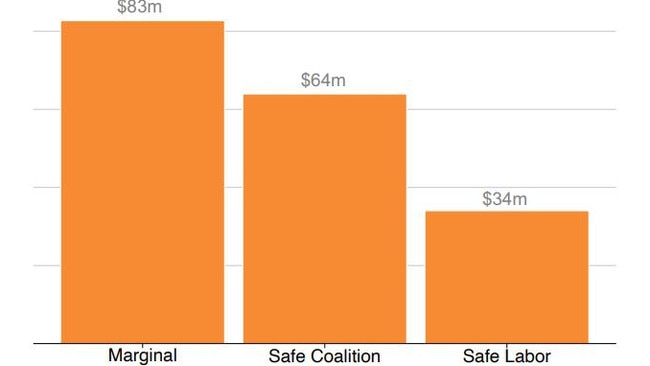
The Grattan Institute questioned why federal funds were going towards relatively small fry infrastructure projects such as commuter car parks which were outside Canberra’s “turf” and should be left to state governments to fund.
The report recommended federal infrastructure funds be restricted to projects of national importance and that for any project over $100 million, a proper analysis by Infrastructure Australia should be completed.
None of these suggestions are all that new, the report’s authors admitted. Politicians from the Coalition and Labor have been talking about tightening up infrastructure decisions for years.
But little has happened. If it did, that would likely mean fewer announcements about expensive infrastructure projects could be pulled out of a hat in the middle of an election campaign, said Ms Terrill.
“It’s not necessarily the case that pork-barrelling leads to more votes at the following election, but as long as politicians believe it does, or might, they do not appear inclined to change.”
Originally published as Political parties accused of transport megaproject ‘pork barrelling’ ahead of elections




